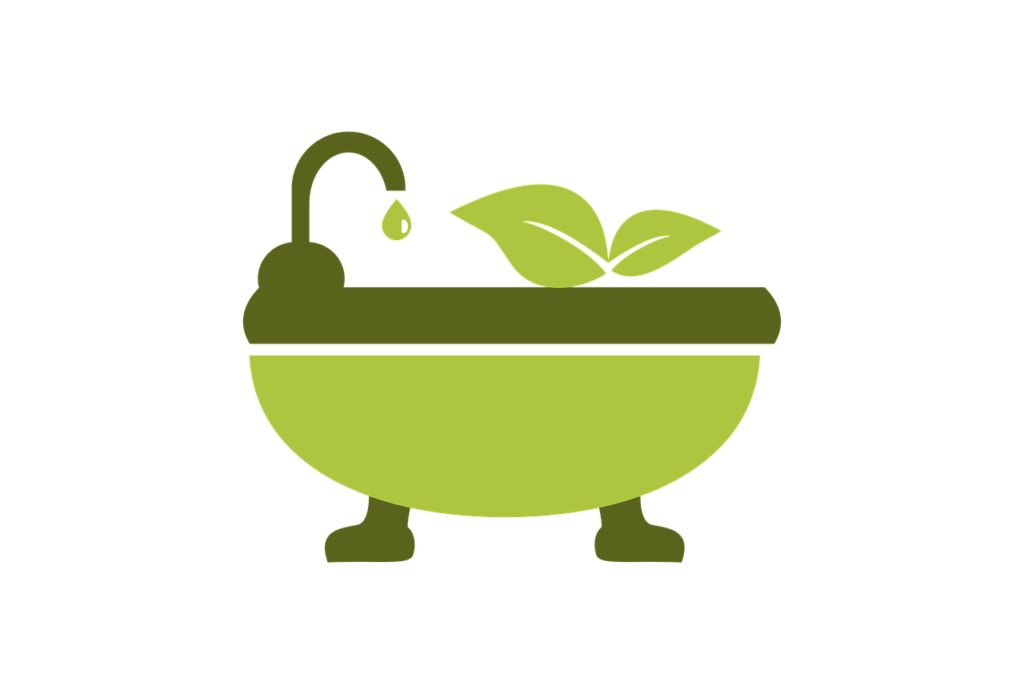Welcome to the exciting world of sustainable leather tanning! In recent years, significant advancements have been made in the leather industry to adopt eco-friendly practices while still producing high-quality products. From chrome-free tanning techniques to plant-based dyes, the innovation in leather tanning and coloring processes is revolutionizing the way we think about leather products. This article will explore some of the latest developments in sustainable leather manufacturing and how they are shaping the future of the industry. So, sit back, relax, and discover the fascinating world of eco-conscious leather production!
Advancements in Sustainable Leather Tanning
Have you ever wondered how leather is tanned and colored? In this article, you will learn about the latest advancements in sustainable leather tanning that are helping to minimize the environmental impact of the leather industry. From innovative techniques to eco-friendly dyes, we will explore how the leather industry is moving towards a more sustainable future.

This image is property of pixabay.com.
Understanding Leather Tanning
Before diving into the advancements in sustainable leather tanning, it’s important to understand the traditional tanning process. Leather tanning is the process of converting raw animal hides into a durable material that can be used for various products such as shoes, bags, and clothing.
Traditionally, leather tanning involves using chemicals such as chromium, which can have negative environmental impacts if not properly managed. However, advancements in technology and processes have paved the way for more sustainable alternatives.
Eco-Friendly Tanning Techniques
One of the key advancements in sustainable leather tanning is the development of eco-friendly tanning techniques that eliminate or reduce the need for harmful chemicals. One such technique is vegetable tanning, which uses tannins found in tree bark and other plant materials to tan the leather.
Vegetable tanning not only reduces the environmental impact of the tanning process but also produces a leather that is more natural-looking and ages beautifully over time. This technique is becoming increasingly popular among environmentally conscious consumers and manufacturers alike.
Another eco-friendly tanning technique is chrome-free tanning, which eliminates the use of chromium in the tanning process. Instead, alternative tanning agents such as vegetable extracts or synthetic tanning agents are used to tan the leather. Chrome-free tanning is not only better for the environment but also for the workers who handle the leather during the tanning process.

This image is property of pixabay.com.
Sustainable Dyeing Processes
In addition to tanning, the dyeing process is another aspect of leather production that has a significant environmental impact. Traditional leather dyes contain harmful chemicals that can pollute water sources and harm aquatic life. Fortunately, there are now sustainable dyeing processes that are being used to color leather in an eco-friendly manner.
One such sustainable dyeing process is natural dyeing, which uses plant-based dyes to color the leather. These dyes are derived from sources such as indigo, madder root, and walnut hulls, and are free from harmful chemicals. Natural dyes not only produce vibrant colors but also reduce the environmental impact of the dyeing process.
Another sustainable dyeing process is water-based dyeing, which uses water-soluble dyes that do not contain harmful chemicals. This process eliminates the need for toxic solvents and reduces water pollution during the dyeing process. Water-based dyes are also easier to dispose of and are less harmful to the environment.
Recycling and Upcycling
As the demand for sustainable leather products continues to grow, recycling and upcycling have become important aspects of the leather industry. Recycling leather scraps and offcuts reduces waste and minimizes the environmental impact of leather production.
Some manufacturers are now using recycled leather to create new products, such as shoes, bags, and accessories. Recycled leather is not only environmentally friendly but also adds a unique character to the products due to its varied textures and colors.
Upcycling is another innovative way to create sustainable leather products. By repurposing old leather garments or accessories, designers can give new life to discarded materials and reduce the demand for new leather production. Upcycled leather products are not only eco-friendly but also stylish and one-of-a-kind.

This image is property of pixabay.com.
Certification and Transparency
With increasing consumer awareness about environmental issues, certifications and transparency in the leather industry have become more important than ever. Certifications such as the Leather Working Group (LWG) certification ensure that leather manufacturers adhere to strict environmental and social standards.
Transparency in the supply chain is also crucial for consumers who want to make informed purchasing decisions. Many companies now provide information about their tanning and production processes, as well as the sources of their materials. This transparency allows consumers to choose products that align with their values and support sustainable practices.
Collaborations and Partnerships
Collaborations and partnerships between leather manufacturers, designers, and environmental organizations are driving innovation in sustainable leather tanning. By working together, these stakeholders can share knowledge, resources, and best practices to develop new and improved processes.
One example of a successful collaboration is the partnership between a leather tannery and a textile dyeing company to create a closed-loop system for recycling water and chemicals. This innovative solution not only reduces waste and pollution but also improves the overall sustainability of the leather tanning process.
The Future of Sustainable Leather Tanning
The future of sustainable leather tanning looks promising, with continued advancements in technology and processes. As consumer demand for eco-friendly products grows, manufacturers are increasingly investing in sustainable practices to meet this demand.
By adopting eco-friendly tanning techniques, sustainable dyeing processes, recycling and upcycling, certifications and transparency, and collaborations and partnerships, the leather industry is moving towards a more sustainable future. With ongoing innovation and a commitment to environmental stewardship, the leather industry can reduce its impact on the planet and create a more sustainable supply chain.
In conclusion, advancements in sustainable leather tanning are not only good for the environment but also for consumers who want to make responsible purchasing decisions. By choosing products made with eco-friendly tanning and dyeing processes, recycled materials, and transparent supply chains, you can support a more sustainable leather industry and help protect our planet for future generations.
